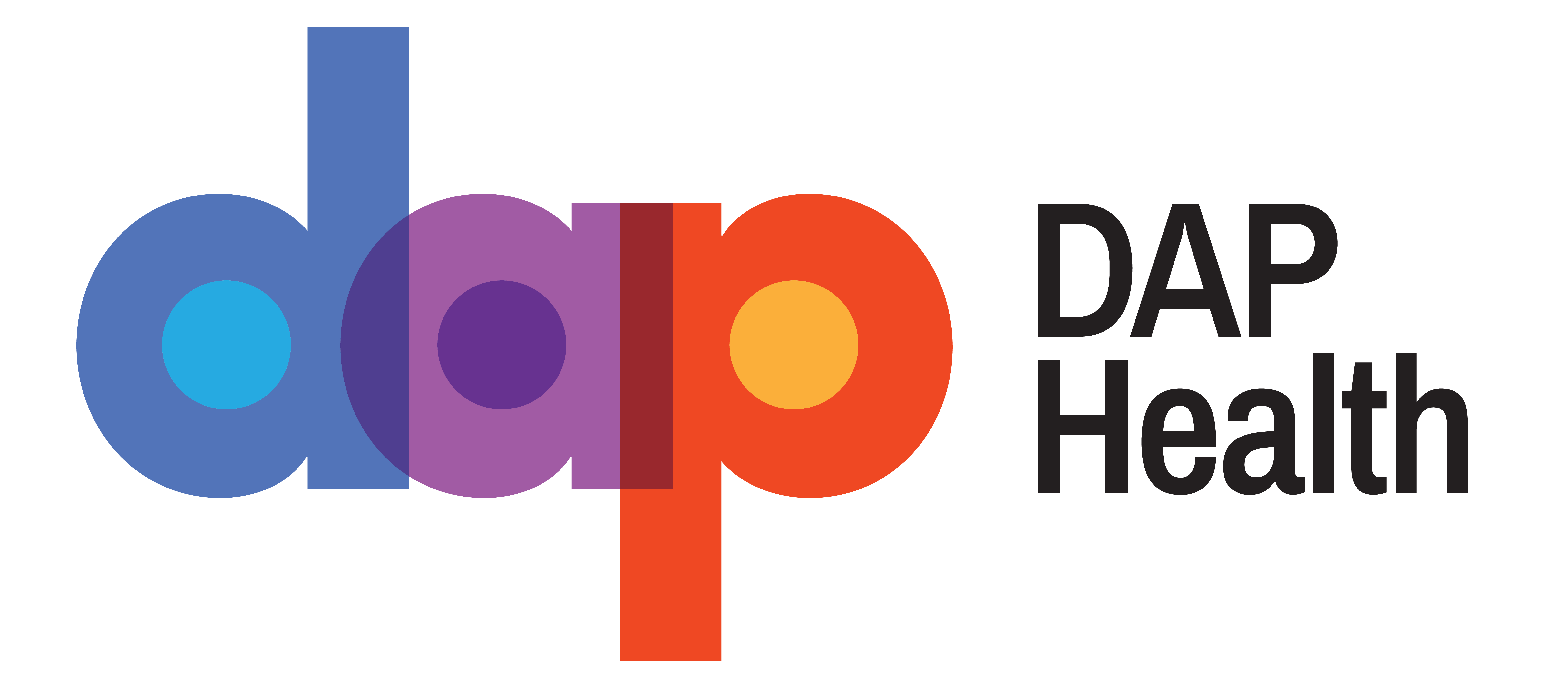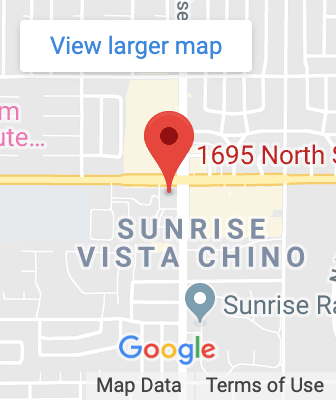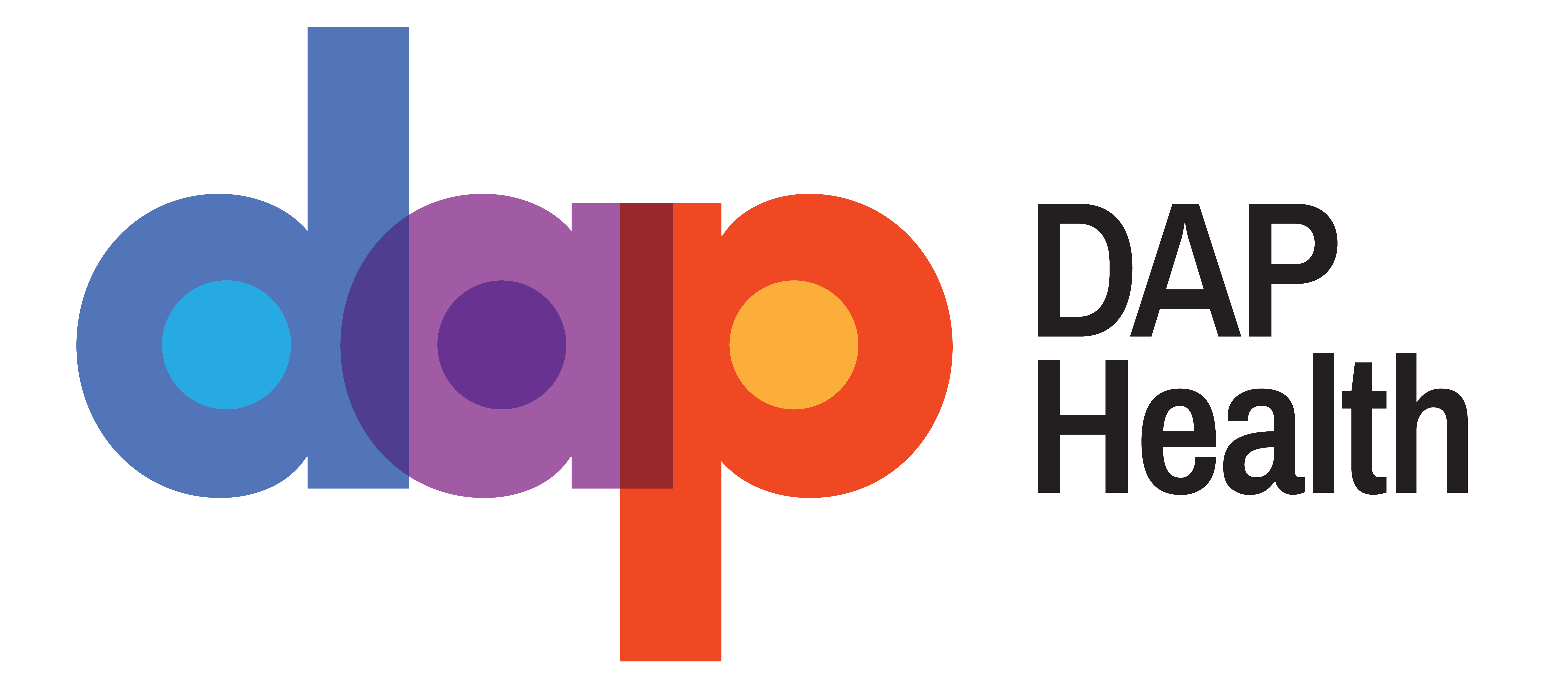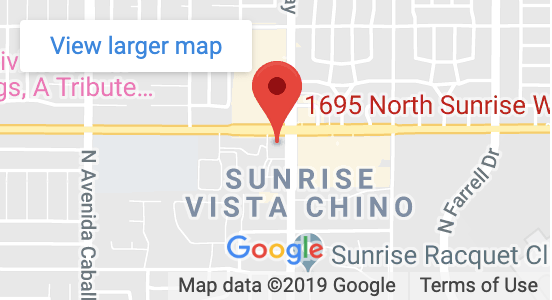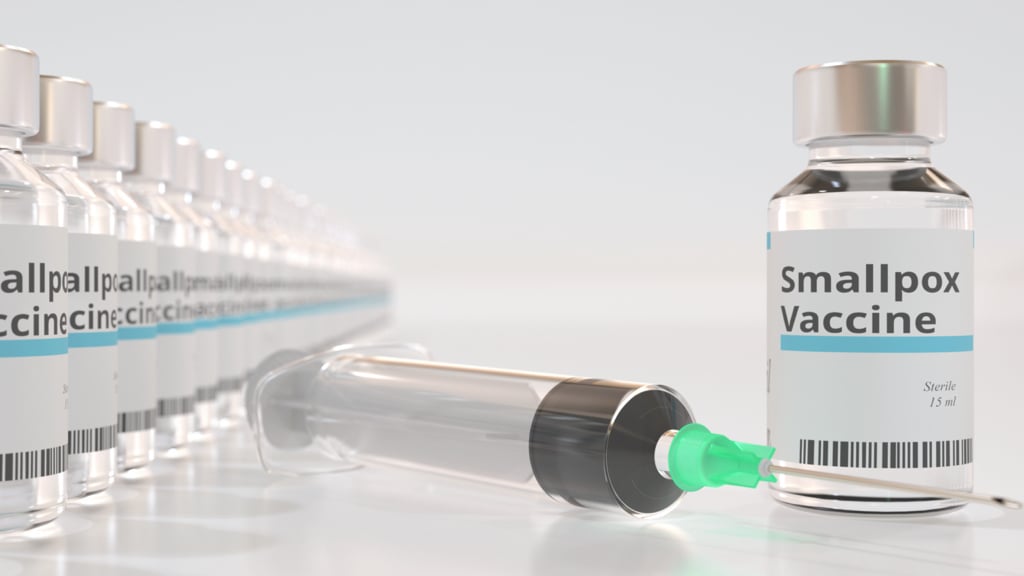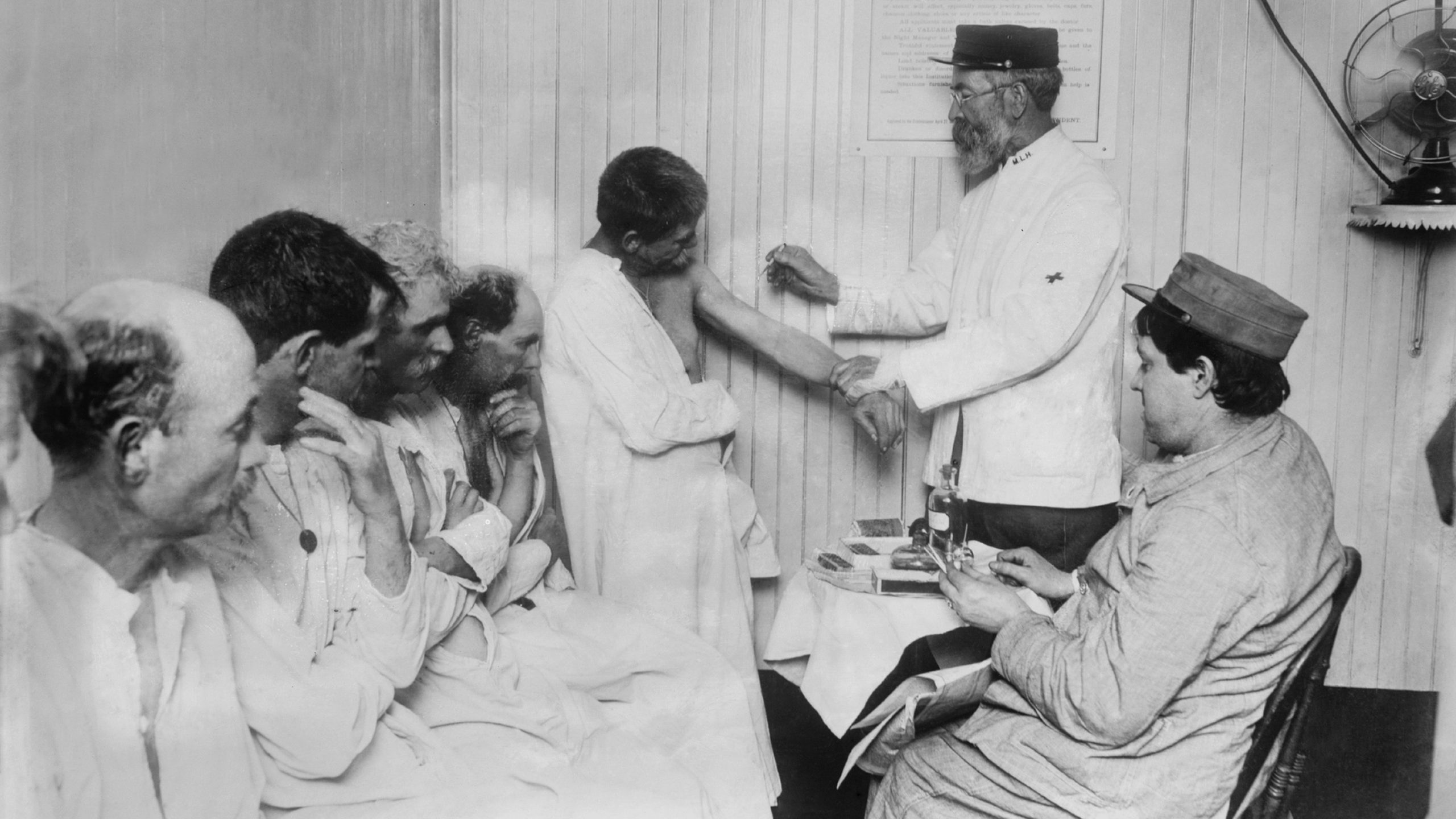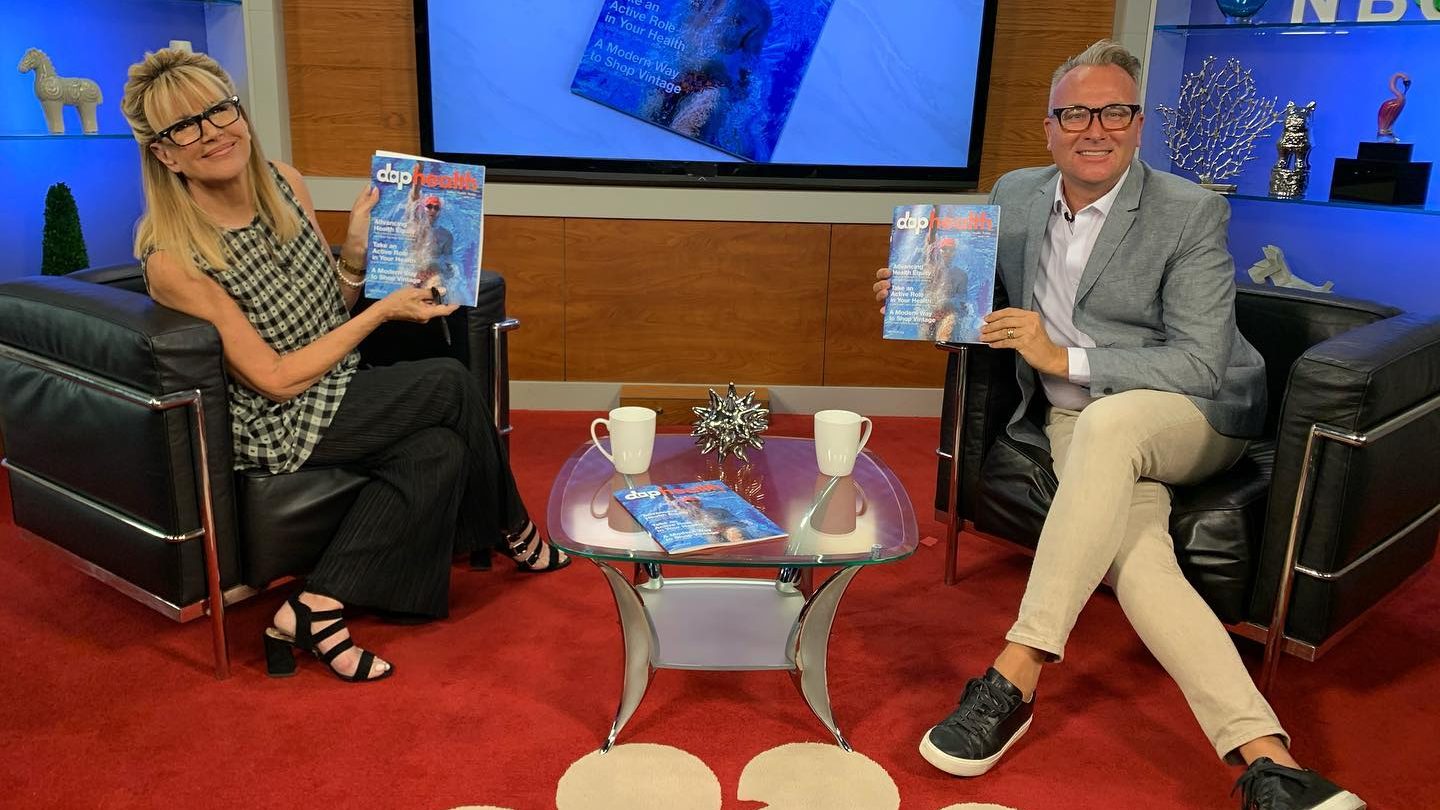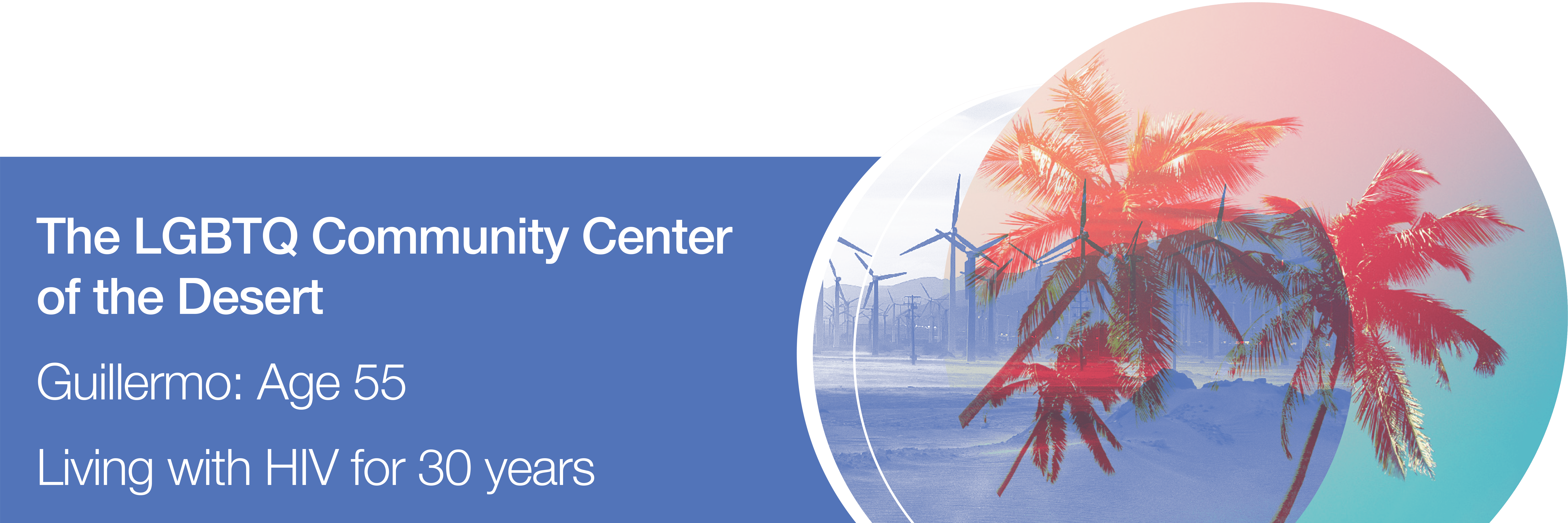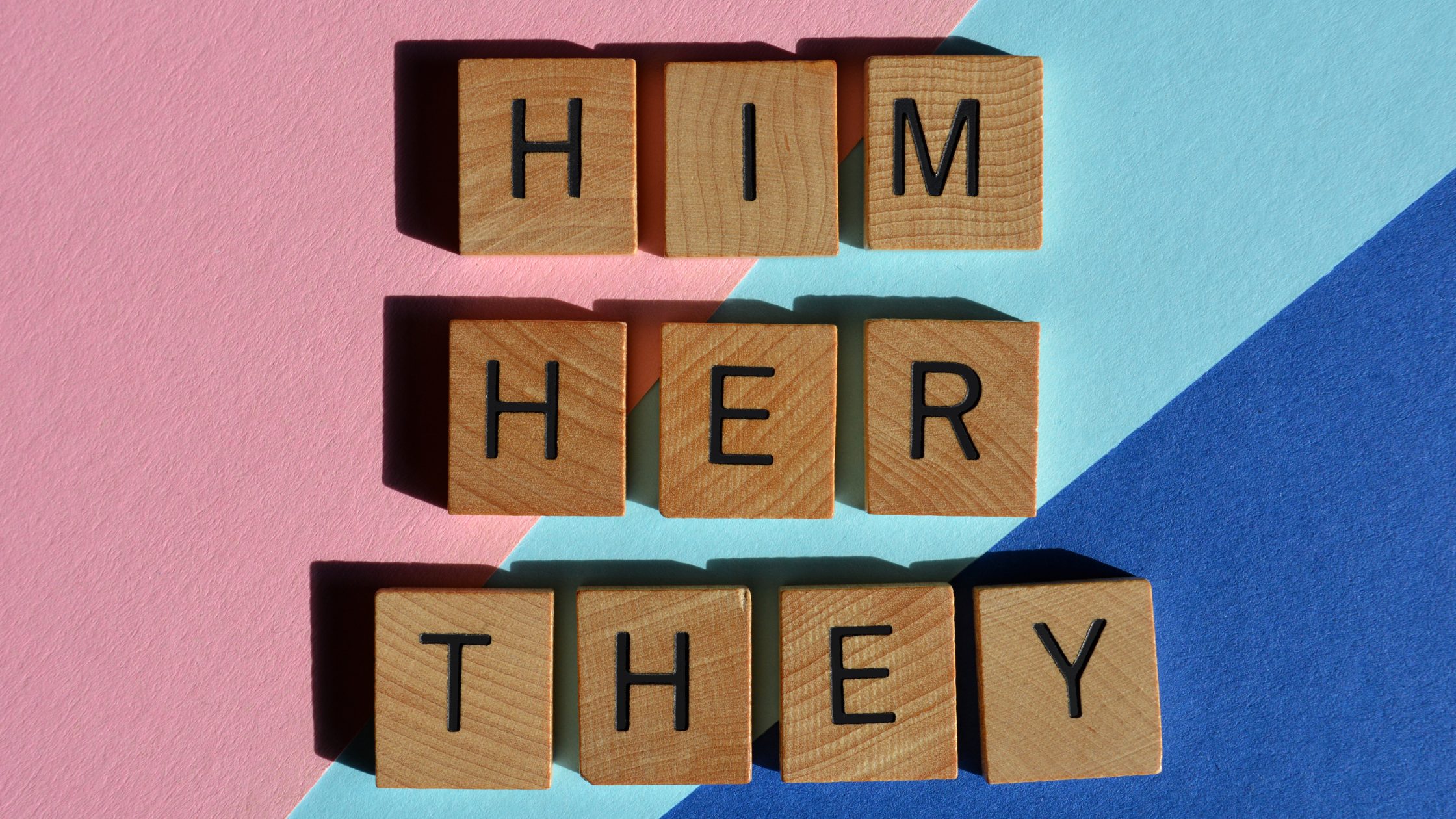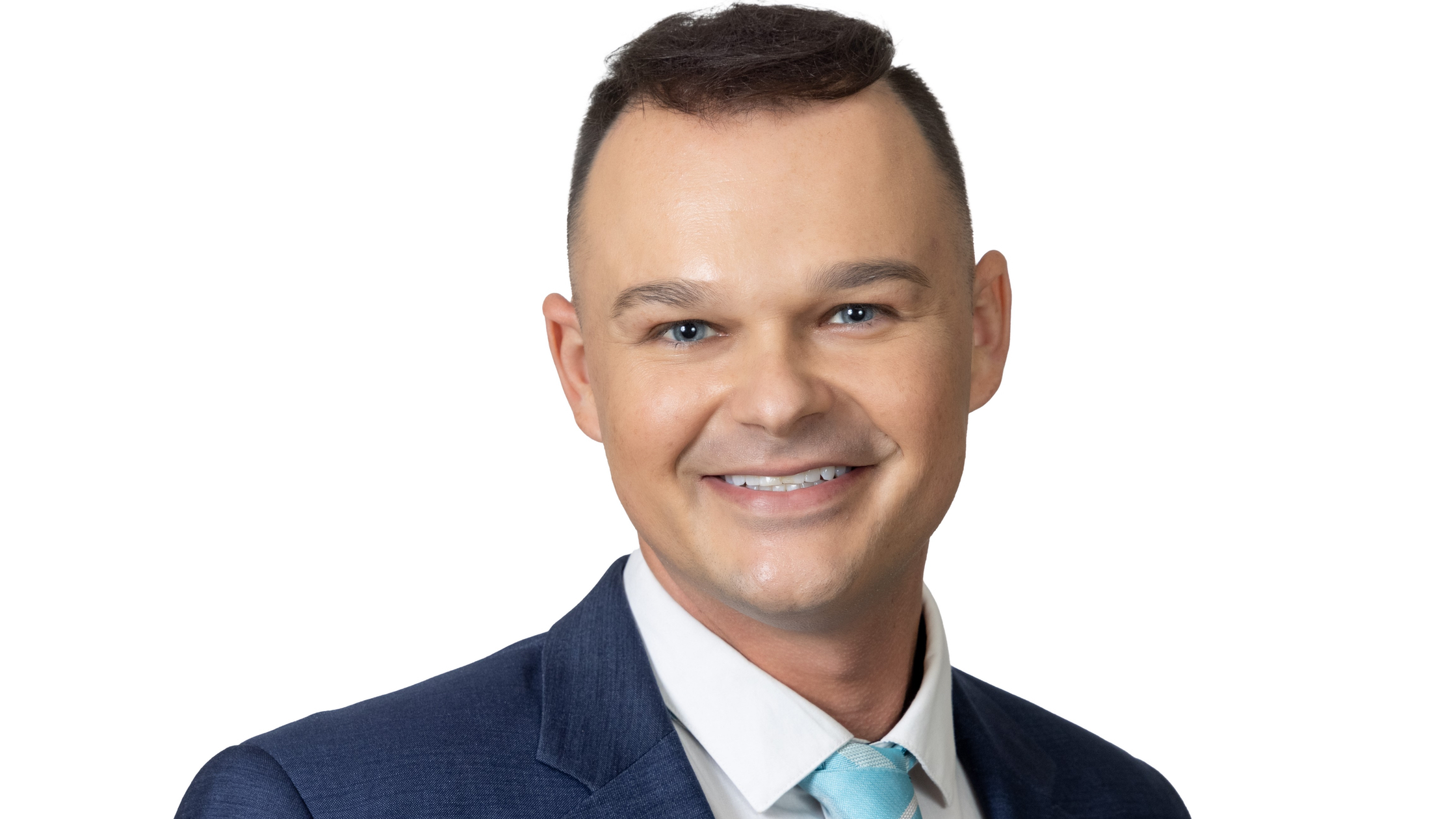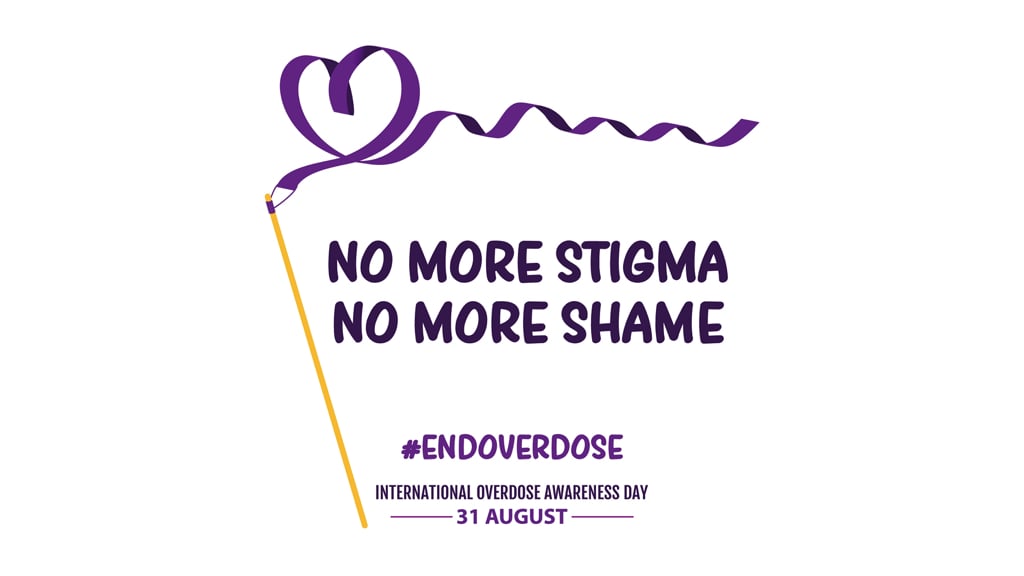
‘Immediately call 911’: Brendan Burke on overdoses
DAP Health Insights – Monday, Aug. 30, 2021, from David Brinkman, CEO
Brendan Burke reminds us which overdose signs to watch out for on International Overdose Awareness Day
Too many people’s lives end in overdose, making them another statistic in the nation’s fight against illicit drugs and abused medications, like opioids.
International Overdose Awareness Day is August 31. It was created to bring awareness to overdose deaths and remember the people who died. And it is a day to acknowledge the grief of their family and friends.
To mark the day, we talked with Brendan Burke, a Substance Use Specialist here at DAP Health, about overdoses. Burke is a Substance Use Specialist here at DAP Health. He also is a registered counselor.
Conversations about HIV and aging
September 18 is National HIV/AIDS and Aging Awareness Day — a day to call attention to the growing number of people living long and full lives with HIV and to aging-related challenges of HIV prevention, testing, treatment, and care.
Representing a variety of local organizations, Conversations about HIV & Aging shares the perspectives and wisdom of four local individuals who are thriving because of the support they receive.
Those community members shared with us their future goals; the challenges they’ve faced aging with HIV; how the U=U message has shifted their outlook on dating and connection; how they have taken care of their mental health; what has inspired them; and more.
Read more by Bridgette, 48, who has been living with HIV for 8.5 years; Nicholas, 59, living with HIV for 14 years; Brett, 60, living with HIV for 28 years; and Guillermo, 55, living with HIV for 30 years.
People living with HIV are invited to attend Aging Positively — Reunion Project virtual conference. The keynote speaker will be singer Andy Bell from the synth-pop duo Erasure.
